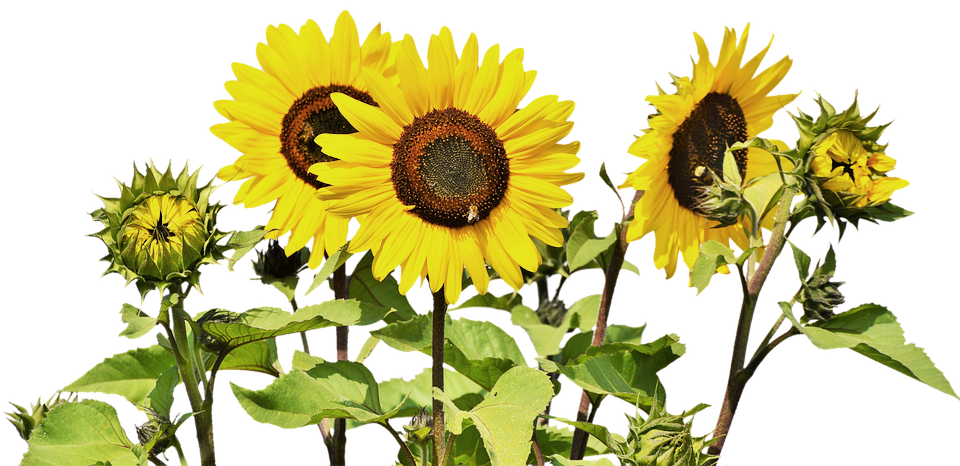
How to Grow Healthy Annuals
By Chris Edmunds
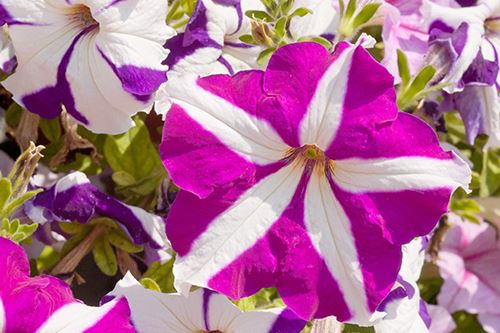
Annuals are the seasonal stars of our garden but, while they don’t have the lifespan of perennials, their intense show of beauty during their growing season makes them well worth the investment every year. Taking good care of your annuals is what makes the difference between an okay performance and a dazzling show. Well-cared-for annuals will surely leave the rest of your garden as the backup dancers while they perform, and it’s easy to make sure they have what they need.
Planning Before You Plant
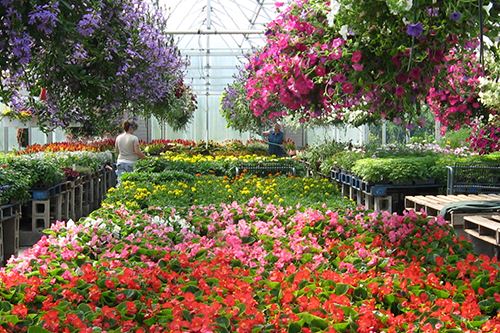 Planting flowers you love in the conditions that they favor is the most surefire way to give your garden the best start. Planting a sun-loving plant in too much shade, or a shade-loving plant in too much sun, and your plants will throw temper tantrums worse than your kids and look like something the cat dragged in.
Planting flowers you love in the conditions that they favor is the most surefire way to give your garden the best start. Planting a sun-loving plant in too much shade, or a shade-loving plant in too much sun, and your plants will throw temper tantrums worse than your kids and look like something the cat dragged in.
We’ve made it easy to make your annuals happy in their new homes. Our website has a “Super Duper Plant Search” to help you find what you need to match the sunlight conditions you have. Plant tags aren’t always reliable, as they are produced for the whole country, and what might do fine in the sun in Michigan could burn up in our Kansas sun. We make custom tags for as many varieties as we are allowed to, so if you see our logo on the tag, the exposure information is correct. We also try to help our customers know which plants are for sun or shade by how we arrange them at our garden centers. We organize the shade plants under (or near) our shade structure and sun-loving plants out in the wide open. Pay careful attention to choosing the right plants for the right location and you will be rewarded with much better performance.
The Soil
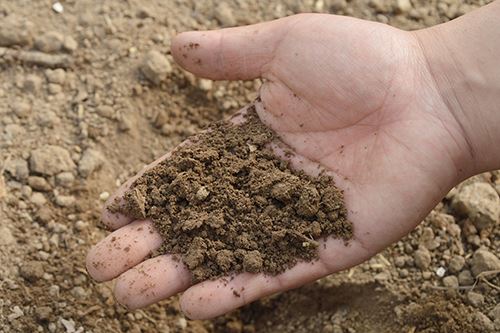 Preparing your soil before you plant will save you a headache later on and gets your gorgeous annuals started on the right foot when you plant them. The easiest, healthiest thing to do is use fresh, high-quality potting soil in your containers and beds. Otherwise, if you are relying on what you already have, you could run into problems with salt build-up, poor drainage or too much drainage, and inadequate nutrient levels. If you start with high quality potting soil, it should still be good in your containers for a few years as long as you have proper drainage to prevent salt buildups. Salt build-ups are caused by excess fertilizer. To help ensure that your soil is a good foundation for your annuals, check that it has good drainage, holds its structure, and has plenty of nutrients. Checking all of these is easy:
Preparing your soil before you plant will save you a headache later on and gets your gorgeous annuals started on the right foot when you plant them. The easiest, healthiest thing to do is use fresh, high-quality potting soil in your containers and beds. Otherwise, if you are relying on what you already have, you could run into problems with salt build-up, poor drainage or too much drainage, and inadequate nutrient levels. If you start with high quality potting soil, it should still be good in your containers for a few years as long as you have proper drainage to prevent salt buildups. Salt build-ups are caused by excess fertilizer. To help ensure that your soil is a good foundation for your annuals, check that it has good drainage, holds its structure, and has plenty of nutrients. Checking all of these is easy:
-
Pour water on your soil and see if it drains fast or slow. Water pooling on the soil might mean you need to add some compost or potting soil to improve drainage. The water may not drain the first time if your soil is extremely dry. If it is dry, wait an hour or so after your initial dose of water, then apply water again to see what it does.
-
See if your soil holds together or falls apart when you squeeze it into a ball. If it compacts too much, consider adding some compost or organic matter to improve structure. If it falls apart, the soil could be too sandy and may need some rich compost or peat to help it hold together and retain moisture.
-
Dig up your beds and containers to loosen the soil. This is a good time to also add time-release fertilizer, such as Osmocote or our custom formulated “KVG GOOD STUFF” so it can get mixed in well while your preparing your soil. You should dig down at least a foot, then break up the soil clumps until it looks nice and loose all the way down.
-
To take a more fool-proof approach, take a soil sample into your local county extension office, and you will get a report that tells you what your soil needs.
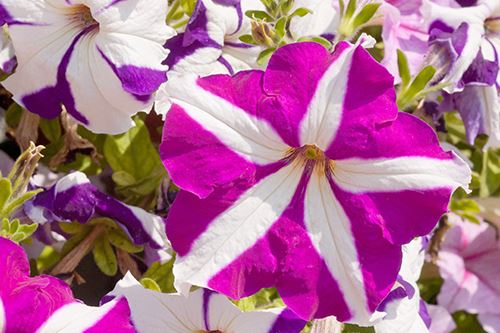 Plan how you’ll space out and arrange your plants so that they have the room they need for their explosive summer growth. When you take an annual out of its original container, loosen up the root ball, to help the roots grow faster. Breaking some of the roots is actually good for them, similar to how pruning a plant can make it branch out better.
Plan how you’ll space out and arrange your plants so that they have the room they need for their explosive summer growth. When you take an annual out of its original container, loosen up the root ball, to help the roots grow faster. Breaking some of the roots is actually good for them, similar to how pruning a plant can make it branch out better.
Maintaining Beautiful Annuals
With the right soil before you plant, your annuals will be ready to grow beautifully, with only occasional boosts of fertilizer later in the season. Annuals in containers, however, will need more fertilizer to produce continued blooms, as the nutrients leach out of the soil after being watered so much during the summer. Use water-soluble fertilizer to keep their fertility needs met. Usually about every other week is enough. Avoid fertilizing when temperatures are in the 90’s or above, as it can burn plants.
Annuals are designed for an impressive, and explosive growing season with gorgeous displays of color. Check the soil to determine when to water. If the top inch is dry, it’s time to water. If moist, wait until it is dry. Check more often on hot, windy days as soil can dry out pretty fast. Also, the more mature your plants get, the faster they will dry out. It’s always better to water in the morning or evening and to apply the water directly to the soil, keeping it off the plant’s leaves and petals, to prevent disease and ensure the best and longest performance.
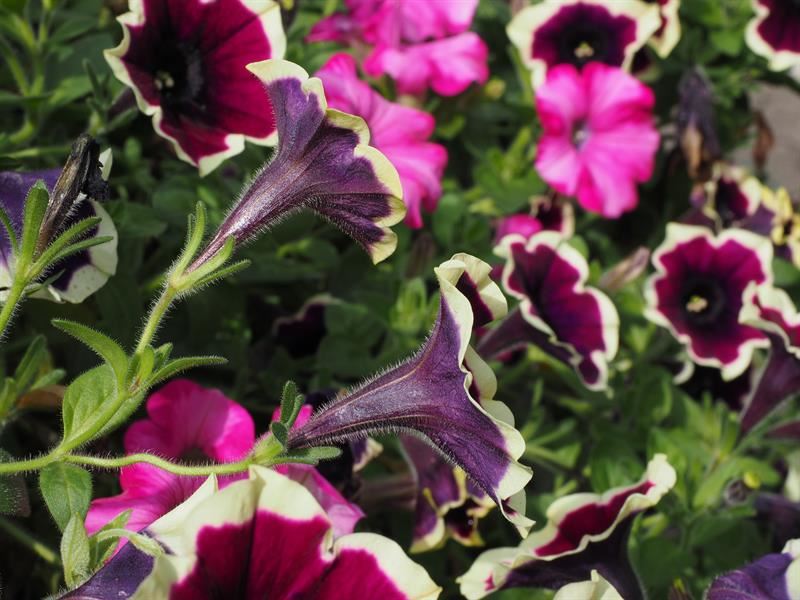 Deadheading is not as important with the newer varieties offered today. You may still want to deadhead if the dead blooms detract from the overall appearance of your annuals, especially annuals like geraniums, marigolds, or zinnias. To deadhead properly, pinch off the spent bloom and seed pod below it from the plant. Not only will deadheading clean up your plant’s overall appearance, but for some annuals, it will also save your plant the energy of going into seed to keep it blooming for a longer and more impressive show.
Deadheading is not as important with the newer varieties offered today. You may still want to deadhead if the dead blooms detract from the overall appearance of your annuals, especially annuals like geraniums, marigolds, or zinnias. To deadhead properly, pinch off the spent bloom and seed pod below it from the plant. Not only will deadheading clean up your plant’s overall appearance, but for some annuals, it will also save your plant the energy of going into seed to keep it blooming for a longer and more impressive show.
Caring for annuals is not nearly as hard as it looks or sounds as long as you have a plan for how to give your plants what they need. For most of us, our annuals are the favorites of our gardens in the summer - there’s just something so irresistibly charming about their enthusiastic and colorful lives. If yours don’t work out every year, don’t give yourself a hard time. It’s easy to tweak the formula to find success, and you always have a fresh start next year to try again. We've got an incredible selection of gorgeous annuals at our garden center in Tyler Road Wichita, so stop in for a visit and take a look!

